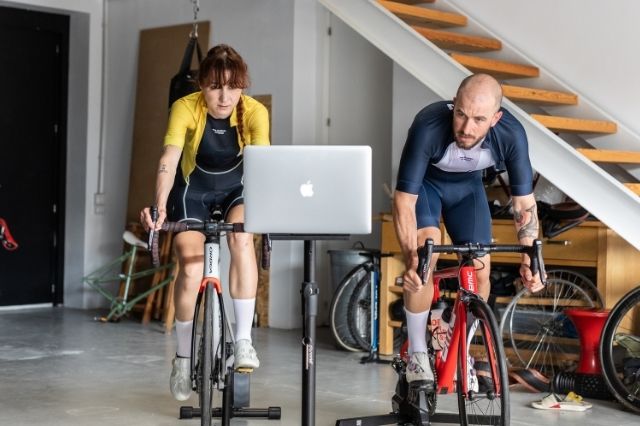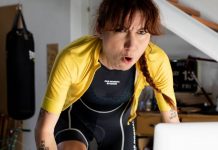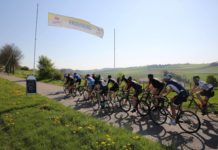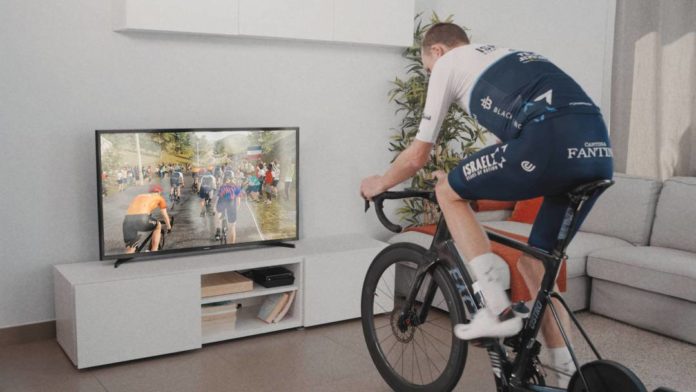A concept that has been capturing attention in the scientific and sporting community due to its outstanding results, especially in endurance disciplines such as cycling, has been polarised training. But what is polarised training, and how can it aid sports performance?
The essence of polarised training lies in a specific distribution of intensities during training sessions. Its goal is to enhance performance by strategically dividing workload into specific intensity zones. In cycling, where the energy and endurance demands are extremely high, understanding and applying this approach becomes crucial to scaling levels.
Basic principles of polarised training
To delve into the mechanics of polarised training, it’s imperative to understand its intensity zones: low, medium, and high. The low zone, where the majority of training occurs – around 70-80%, focuses on low-intensity but long-duration exercises, designed to develop the athlete’s basic endurance.
The high zone, covering 15-20%, involves high-intensity training, designed to improve peak performance and anaerobic capacity. Interestingly, the medium zone is intentionally minimised to avoid fatigue and ensure effective recovery.
These are the benefits of polarised training for athletes
When it comes to cycling, efficiency is key. Polarised training optimises the use of muscle fibres, enhances metabolic efficiency, and boosts performance in prolonged endurance tests. Moreover, it reduces the risk of overtraining by alternating periods of low and high intensity, thereby allowing optimal recovery and adaptation of the body.
How to identify intensity zones
Correctly identifying intensity zones is vital. In cycling, threshold tests, such as the maximum effort test or the FTP (Functional Threshold Power) test, are valuable tools to determine personalised training zones based on power and heart rate.
Methods to apply polarised training to your routine
Polarised training has become an invaluable ally for athletes in endurance disciplines, such as cycling, due to its evident benefits in enhancing performance. Now, how is this strategy effectively integrated into the daily training routine and adapted to individual needs?
First, it’s essential to have clarity about the specific training zones of the polarised method. Remember: a large proportion of training (approximately 70-80%) should be performed in the low-intensity zone (Z1), while a significantly smaller but crucial percentage (15-20%) takes place in the high-intensity zone (Z3). Surprisingly, training in the medium intensity zone (Z2) is minimised to avoid excessive stress and ensure recovery.
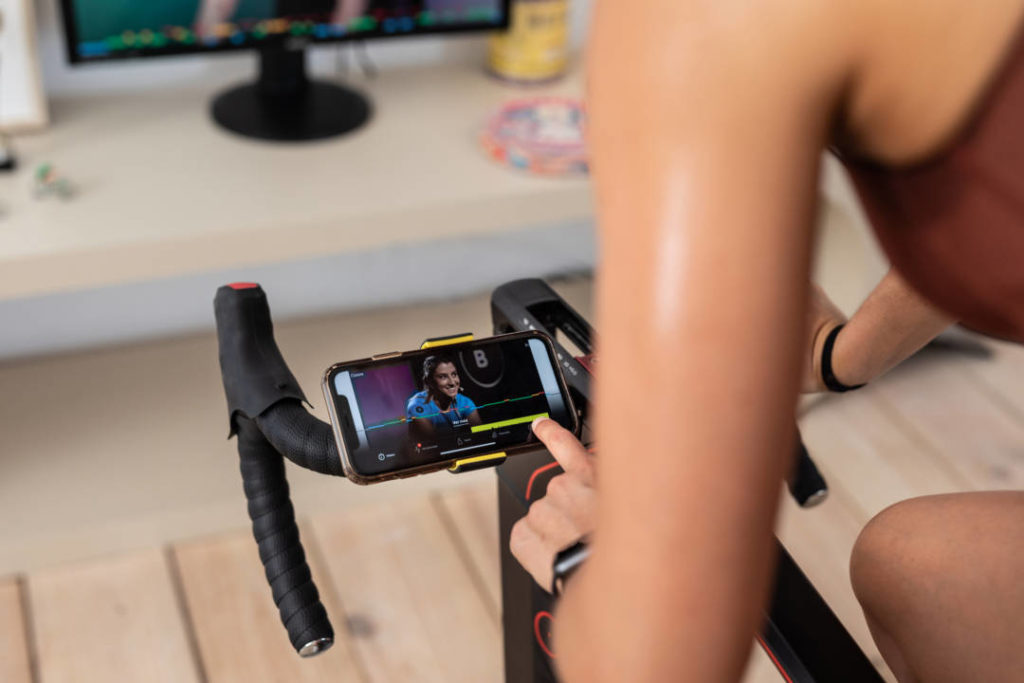
How can BKOOL be incorporated into this type of training?
The use of innovative technologies and cycling simulators, like BKOOL, greatly facilitates the incorporation of polarised training into any cyclist’s routine. BKOOL offers users a platform that not only simulates realistic race scenarios but also allows adjusting and controlling training intensity zones, ensuring that cyclists stay within the parameters established for a polarised approach.
One of the most effective ways to use BKOOL in the context of polarised training might involve dedicated sessions in Z3. That is, using the simulator’s functionalities to create or select routes that challenge your limits, taking you to scenarios that demand maximum effort, and thus, specifically training the high-intensity zone. This could involve steep climbs, sprints, or segments that challenge your power and anaerobic capacity.
On the other hand, it’s also essential to make the most of sessions in Z1, which, when using BKOOL, could be calmer, flatter routes, where the cyclist can maintain a steady cadence and power, allowing the body to adapt and develop a solid base in terms of aerobic endurance.
Structure of a polarised training week
Let’s look at a simplified example of how a week of polarised training in cycling might be structured:
- Monday: Active rest or recovery, which might include a gentle Z1 rolling session using BKOOL to simulate a calm and pleasant route.
- Tuesday: High-intensity session (Z3). Here, we could integrate maximum effort intervals, using short but intense segments on BKOOL, prioritising anaerobic work.
- Wednesday: Extensive training in Z1, which could be a long but low-intensity outing, ensuring that heart rate or power stay within the range set for this zone.
- Thursday: Another session in Z1, perhaps a bit shorter and focused on active recovery after the previous days of training.
- Friday: Complete rest or low-intensity activity, allowing the body to recover and prepare for weekend training.
- Saturday: Key high-intensity session in Z3. This might be a combination of power intervals on BKOOL, ensuring that periods of maximum effort are followed by adequate recoveries.
- Sunday: A long and relaxed ride in Z1, taking the opportunity to enjoy the route and ensure the body recovers from the stress of the previous day’s high-intensity session.
Common mistakes when applying polarised training
Some of the most common errors revolve around poor identification of intensity zones and incorrect distribution of workload. Excess in the medium zone, despite being moderately intense, can lead to a stagnation or even a setback in performance due to insufficient recovery and adaptation.
Recommendations for effective polarised training
Periodisation is vital to avoid stagnation and ensure steady progression. Integrating rest periods, tailoring nutrition, and above all, listening to the body, are aspects that must be emphasised. In cycling, where the demand on the joints and muscles is significant, being intuitive and responsive to the body’s signals will make a difference in terms of sustainability and injury prevention.
With sports science constantly evolving, polarised training continues to establish itself as an effective and scientifically backed approach to enhancing performance in endurance disciplines such as cycling. The implementation of this methodology, in conjunction with technological advances like BKOOL, opens an enriching panorama where athletes and coaches can explore, experiment, and optimise their training routines.
BKOOL is the most comprehensive cycling simulator on the market. Try it FREE for 30 days!


